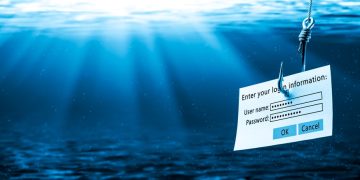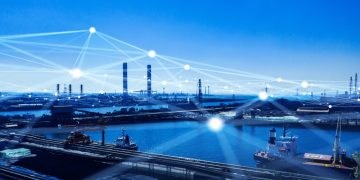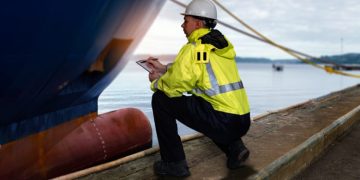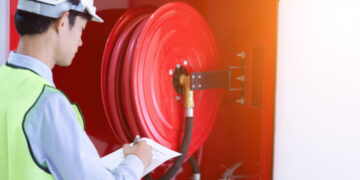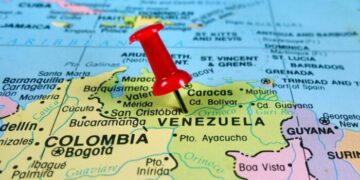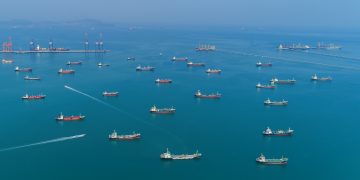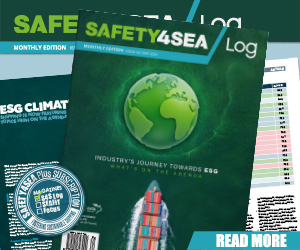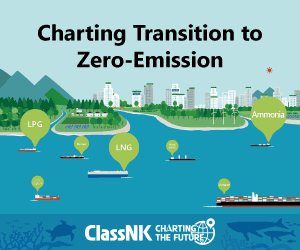ABS Releases Report on LNG Bunkering Regulations
ABS released a report entitled Bunkering of Liquefied Natural Gas-Fueled Marine Vessels in North America. The objective of the report is to provide guidance to potential owners and operators of gas-fueled vessels, as well as LNG bunkering vessels and facilities, to help them obtain regulatory approval for projects. "As the potential for LNG fueled vessels in North America continues to grow, uncertainty exists on how to meet various regulatory requirements. It has become very clear to us while conducting this study that the visionary projects teams who properly plan their path to compliance can be successful," says ABS Vice President for Global Gas Solutions Patrick Janssens. "This report lays out an integrated approach to addressing the federal, state, provincial and local requirements that may impact LNG bunkering infrastructure. The ABS Global Gas Solutions team is prepared to help stakeholders successfully address each level of regulatory compliance." "This is the first comprehensive study of its kind that clearly identifies a path forward for regulatory approval of LNG bunkering practices and infrastructure in North America," says ABS Group Vice President for Global Initiatives Chuck Mitchell. "This report is only one step in the continued development of robust LNG service offerings of ABS ...
Read more















